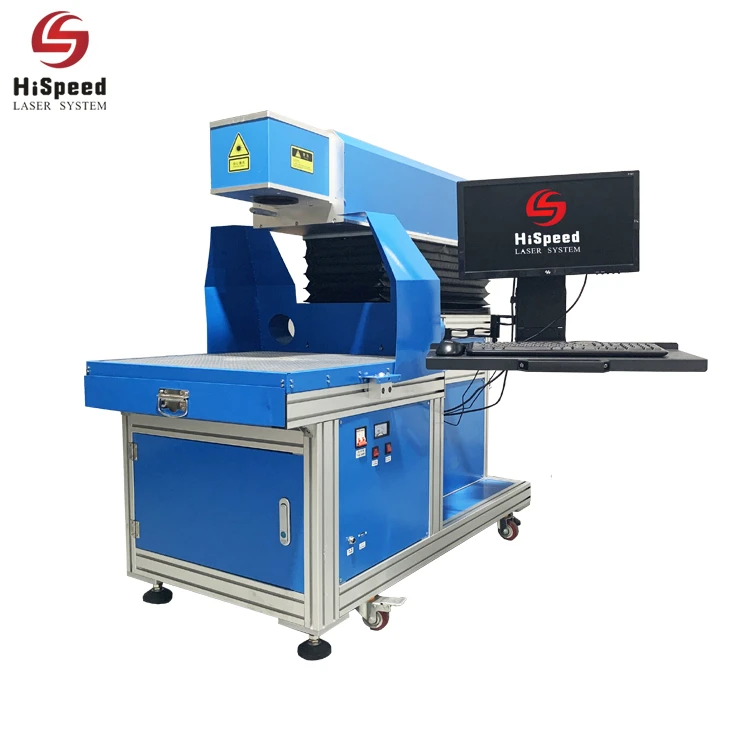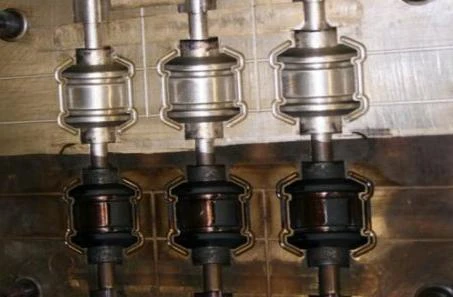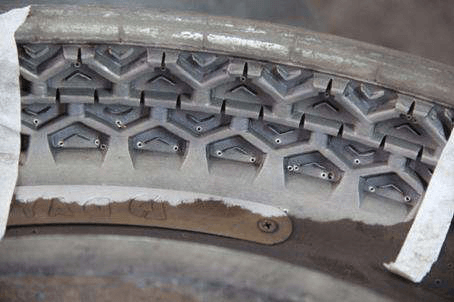Fiber laser deep engraving has the required depth and aesthetics, unlike laser engraving, which lacks both. When engraving in-depth, the depth can easily reach several millimeters into the metal. This is in contrast to conventional laser engraving, which is usually only a few microns deep. The depth of conventional laser engraving can reach 500 microns.
What is the Deep Laser engraving machine used for?

The Deep Laser Engraving machine is used to engrave 3D forms into parts and workpieces, including logos, drawings, text, serial numbers, and barcodes. It is a high-quality technique that yields accurate, consistent, and repeatable results.
The method has many different applications. Deep logo engraving, pressed plate engraving, and die insert engraving are the most popular. Other instances include etching expensive metal components like bespoke knobs and weapons. Deep metal engraving can completely remove material or engrave 3D objects.
Can you deep engrave stainless steel?

This is so that you don’t remove the rust-preventative oxide layer. Throughout this process, stainless steel may also change color. The particular alloy is to blame for the color change, but the laser’s settings are primarily to blame.
If the laser is set up to engrave as quickly as possible, stainless steel has a tendency to discolor. Due to the removal of the protective layer, extra procedures like painting, chrome plating, etc. will need to be used to avoid rusting.
If you are going to engrave stainless steel deep, you need to do so with care.
What are the important parameters of the Deep Laser engraving machine?
Laser Power
One of the most crucial factors to consider when selecting a laser is laser power in order to meet cycle time requirements. Although 500W is substantially faster than 100W, it is not five times as fast.
The majority of deep engraving tasks demand at least 100W. Machines with less than 100W can also do deep engraving, but you may find that the engraving time is too long.
Lenses
Although it may come as a surprise, the lens is more crucial than laser power when trying to attain high engraving speeds. The laser beam’s focus is determined by the lens, and only a laser beam that is tightly focused can produce the intensity needed for deep engraving. The engraving speed can be practically doubled by using the appropriate lens. Smaller lenses work best for deep laser engraving equipment in general.
Scanning Speed
The laser beam’s scanning speed is how quickly it moves. The laser beam is kept over the same area for a longer period of time when the scanning speed is slower. You can engrave deeper and more quickly as a result of the increased energy in the area. There is a point, however, where too much power may overheat the surface and discolor it.
Your needs for quality and cycle time will determine whether you need a rapid or slow scan. Finding the ideal balance between speed and quality is the key.
Part Temperature
Certain metals such as aluminum can be engraved faster and more profound when preheated because they can reach the temperature required for ablation faster. For example, it can simultaneously make engraver aluminum up to 40% deeper. So we need to preheat the heating plate of the laser engraver to do this.
Line Width
Line width is the length of a line that a laser beam traverses before beginning a new line. The hatching speed is a brief pause of around 0.03 seconds that occurs each time the laser starts a new line. The hatching speed delay can account for more than 50% of the marking time for thin lines with a width of 1 mm. It might only rise by 10% for longer line widths of 50 mm.
In other words, the engraving speed increases with line width. For example, a small logo can be engraved at 1 mm (3) /s, while a large logo can engrave at 2.51 mm (3) /s.
What do you need in a deep laser engraving machine?

A manually operated laser marking machine is the ideal packaging for a deep laser engraving machine. Deep engraving is a time-consuming technique that might take several minutes or even hours per part, which is the main justification. All you need to do is to start the process and then return and load different parts when you are done. Since there is no need for automation, a deep laser engraving machine is more affordable than other types of machines.
How to choose a deep metal laser engraving machine?
It can be challenging to select the ideal laser engraving device for your project, particularly if this is your first time using one. When selecting a laser engraving machine, keep the following in mind.
Power output source
The type and thickness of the material you can etch are determined by the machine’s power output. Laser equipment with a power rating between 40W and 150W is required for hard materials. Deep laser engraving machines with a power output of 20W, 30W, or 50Ware are mainly relevant for simple tasks.
Accessories and Parts
When put under extreme strain, laser engravers malfunction, and the best approach to handle these problems is to make sure that replacement components are easily accessible. Check that your supplier has enough spare parts in stock.
Costs
When it comes to technical goods, inexpensive can eventually turn into pricey. Therefore, it is important that you take the time to look at each laser engraver for sale to gain insight into the different technical aspects of deep metal laser engraving machines.
Modern laser engravers are more intelligent, quicker, more accurate, user-friendly, powerful, and quieter. When choosing a laser engraver, always choose one with a large engraving area and support for all computer systems. It is crucial to take the workpiece’s material into account when selecting a laser engraver.
Power Supply
Power is everything when it comes to using lasers for deep metal marking. Your machine won’t be able to etch deeply enough if your laser doesn’t have a high enough power level. It may also wear out or break faster than usual because the demands on the laser are too high to sustain.
Laser Source
A fiber laser engraver’s power level is vital, but its power supply is also crucial. The laser source actually converts electrical power into laser power that can use for engraving.
Many lower-quality laser engravers may have weak or “jumpy” laser sources, which can sometimes lead to faulty and inaccurate engraving. You must locate a laser engraver with a steady and dependable laser source if you want the greatest results from your deep engraving task.
Operation
If you don’t think your current staff can operate a very sophisticated engraving machine, this should be a factor in your decision. You may simply be looking for a machine that is easier to use. Or a detailed and easy-to-understand guide may be included. Users can achieve many goals with an easy-to-use and stored laser engraving machine. Choose a unit that is easy to assemble and disassemble.
Technology
The best feature of modern deep laser engravers is how quickly and seamlessly they complete tasks. Examine different technologies that are available on the market besides laser technology to ensure excellent engraving outcomes. As time goes on, you might want to modify the machine you select to take into account fresh advancements in the fiber laser engraving sector.
Fiber laser deep engraving tools such as 3D oscillators for fiber lasers are just one of the beneficial new technologies. For example, if you have a laser engraver capable of employing such a galvanometer head, you may gain many capabilities. These may include the ability to engrave on uneven surfaces and the ability to engrave in depth more easily. You may also gain the ability to adjust the laser’s focus automatically.
Materials
The material you’ll be utilizing is, of course, one of the most crucial factors to take into account when determining whether or not to utilize a depth engraver. There are some materials that are easier to engrave than others. They may not require the same machine characteristics or capabilities as other, harder materials.
For example, brass and aluminum are easier to engrave in depth. However, harder metals such as steel and titanium are more difficult. Alloys such as copper, brass, and aluminum can also impact a laser’s optimal peak and average power requirements. Tool steel can have the same effect.
